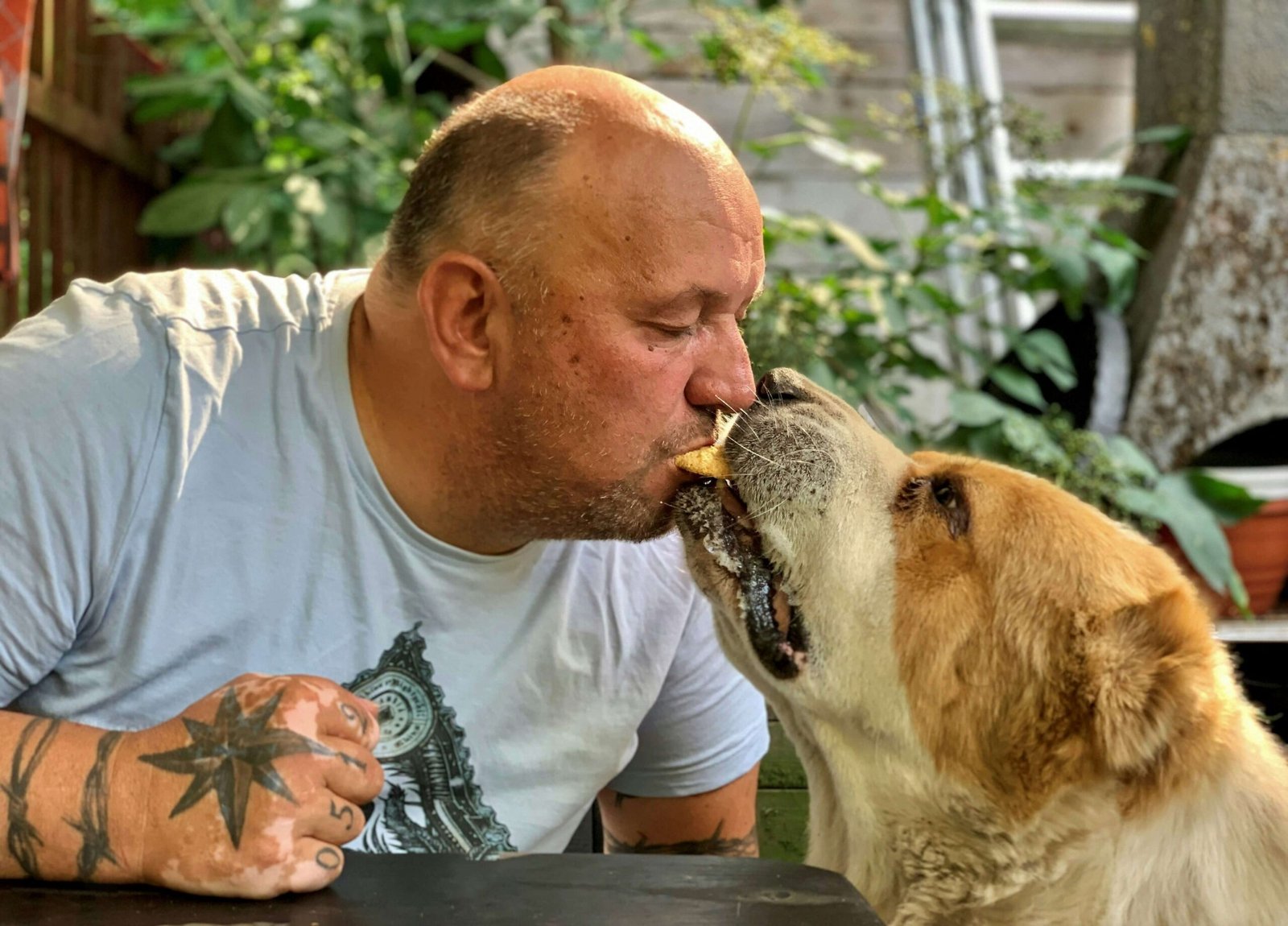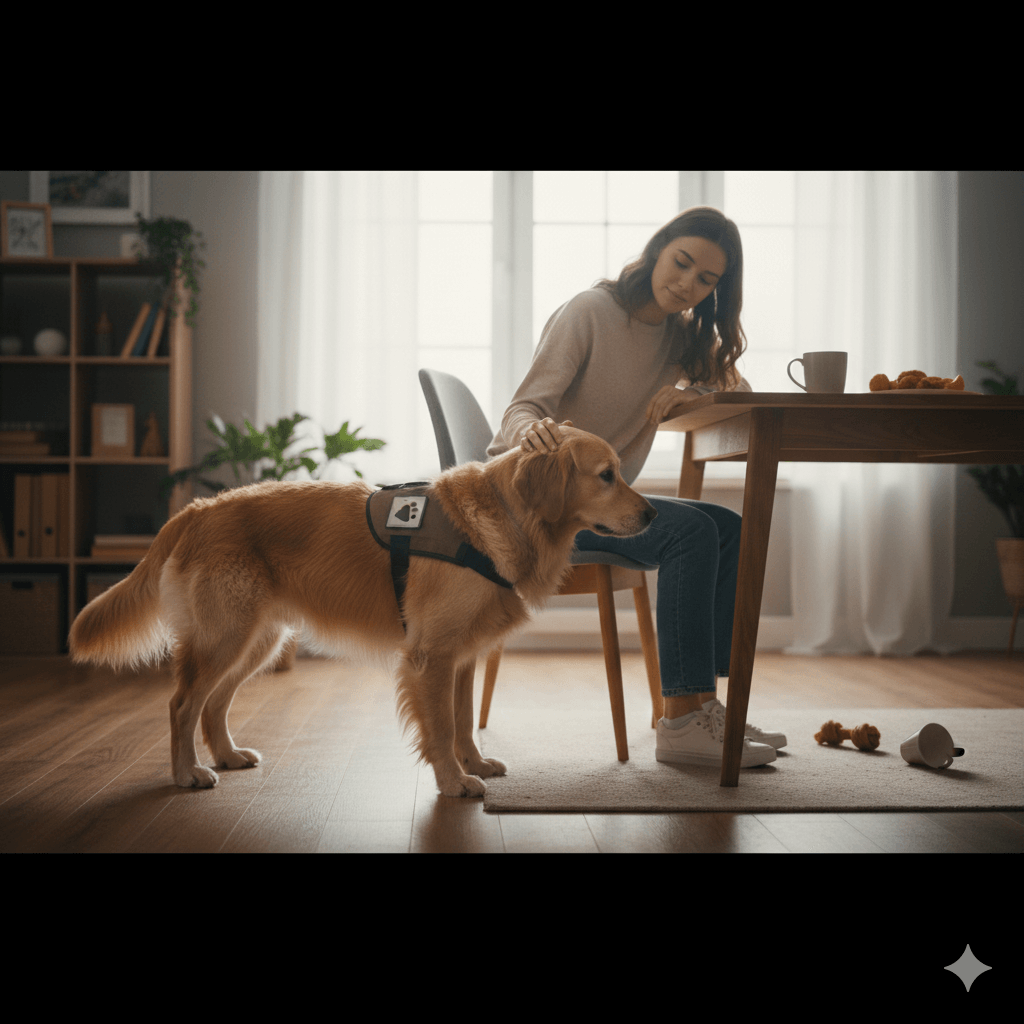Is the Alabai Dog Dangerous? Debunking Myths and Understanding Their True Nature
When it comes to powerful dog breeds, the Alabai, also known as the Central Asian Shepherd Dog, often sparks curiosity and debate. With their imposing size, muscular build, and protective instincts, many people wonder if this ancient breed is dangerous. However, behind their formidable appearance lies a loyal and intelligent companion deeply rooted in history. To truly understand whether the Alabai is dangerous, we need to explore their temperament, behavior, and the role of responsible ownership. Let’s dive into the world of the Alabai and uncover the truth about this remarkable breed.
Key Traits of the Alabai Dog
The Alabai is a breed that has been cherished for centuries, primarily for its role as a guardian and protector. Here are some key traits that define this majestic dog:
Loyal and Devoted: The Alabai forms strong bonds with its family and is known for its unwavering loyalty.
Independent Thinker: This breed is highly intelligent but also independent, often making decisions on its own when it senses danger.
Protective Instincts: The Alabai has an innate sense of guarding its territory and loved ones, making it an excellent watchdog.
Calm and Confident: Despite their size, Alabais are generally calm and composed, rarely showing unnecessary aggression.
Strong-Willed: Training requires patience and consistency due to their strong-willed nature.
Understanding these traits is crucial for anyone considering an Alabai as a pet. While they are not inherently dangerous, their protective instincts can become problematic without proper guidance.
Factors That Influence an Alabai’s Behavior
Several factors can shape how an Alabai behaves, especially in terms of perceived aggression or danger. Here’s what you need to know:
Early Socialization: Exposing an Alabai puppy to different people, animals, and environments helps them grow into well-adjusted adults.
Training Methods: Positive reinforcement works best with this breed, as harsh training can lead to resistance or fear-based aggression.
Owner’s Role: An Alabai thrives under confident leadership; inconsistent or neglectful handling may result in behavioral issues.
Living Environment: A spacious, secure area allows the Alabai to feel comfortable and reduces stress-related behaviors.
Health Considerations: Physical ailments or discomfort can sometimes manifest as aggression, so regular vet check-ups are essential.
By addressing these factors, owners can ensure their Alabai remains balanced and safe around others. Proper care and attention go a long way in shaping their temperament.
Check this guide 👉Alabai Dog Care: 7 Powerful Tips to Master Like a Pro
Check this guide 👉Discover the Charm of the Kishu Dog: Best 7 Expert Tips!
Check this guide 👉The Majestic Tosa Inu Dog: Best 7 Expert Tips!

Factors Contributing to Safety | Tips for Responsible Ownership |
|---|---|
Early socialization | Introduce your Alabai to diverse experiences from a young age. |
Consistent training | Use positive reinforcement techniques during training sessions. |
Adequate exercise | Provide daily physical and mental stimulation to keep them engaged. |
Secure living space | Ensure your yard is fenced and escape-proof to prevent wandering. |
Regular veterinary care | Schedule routine health checks to maintain their overall well-being. |
Benefits of Owning an Alabai
Despite concerns about their potential danger, owning an Alabai comes with numerous benefits that make them a rewarding choice for experienced dog lovers. Below are some advantages of bringing an Alabai into your life:
Natural Protectors: They excel at safeguarding homes and families without needing extensive training.
Low Energy Indoors: Unlike some high-energy breeds, Alabais tend to be calm indoors, making them great housemates.
Long Lifespan: With proper care, Alabais can live up to 12-15 years, offering years of companionship.
Minimal Grooming Needs: Their short coat requires only occasional brushing, saving time on maintenance.
Deep Bonds with Family: Once they trust you, Alabais become fiercely loyal and affectionate companions.
These qualities show why the Alabai is more than just a guard dog—they’re loving, dependable members of the family when given the right environment.
Common Misconceptions About Alabais
Many myths surround the Alabai, often painting them as overly aggressive or uncontrollable. Let’s clarify some common misconceptions:
Myth: Alabais Are Aggressive by Nature
Fact: Aggression stems from poor training or lack of socialization, not the breed itself.Myth: They Cannot Coexist with Other Pets
Fact: Properly introduced, Alabais can live harmoniously with other animals.Myth: Alabais Require Constant Attention
Fact: While they enjoy companionship, they are content spending quiet time alone.Myth: They Are Difficult to Train
Fact: Patience and consistency can yield excellent results with this intelligent breed.Myth: Alabais Are Only Suitable for Experienced Owners
Fact: First-time owners can succeed with dedication and willingness to learn.
Dispelling these myths is vital for fostering a better understanding of the Alabai’s true nature.
The Alabai’s Role in History
The Alabai has a storied past, deeply intertwined with the cultures of Central Asia. Their historical roles provide insight into their modern-day behavior and characteristics. Here are some key points about their legacy:
Guardians of Livestock: For centuries, Alabais protected herds from predators like wolves and bears.
Nomadic Companions: They traveled alongside nomadic tribes, adapting to harsh climates and rugged terrains.
Symbol of Strength: The breed became a symbol of resilience and loyalty in many ancient societies.
Selective Breeding: Over time, traits like strength, independence, and protectiveness were prioritized in breeding.
Cultural Icon: Today, the Alabai remains a national treasure in countries like Turkmenistan.
Understanding the Alabai’s history helps us appreciate their innate instincts and why they behave the way they do.
How to Train an Alabai Effectively
Training an Alabai requires patience, consistency, and respect for their independent nature. Below are some strategies to ensure successful training:
Start Early: Begin basic obedience training as soon as you bring your Alabai puppy home.
Use Positive Reinforcement: Reward good behavior with treats, praise, or playtime to encourage repetition.
Be Firm but Gentle: Establish yourself as a confident leader without resorting to harsh methods.
Focus on Socialization: Introduce them to new experiences gradually to build confidence and reduce fear-based reactions.
Keep Sessions Short: Alabais respond better to brief, engaging training sessions rather than long, repetitive ones.
With the right approach, training an Alabai can strengthen your bond and ensure they grow into well-behaved adults.
Living with an Alabai: Daily Considerations
Sharing your life with an Alabai is a rewarding experience, but it comes with unique challenges. Here are some daily considerations to keep in mind:
Space Requirements: Ensure your home has enough room for their large size, preferably with access to a secure outdoor area.
Dietary Needs: Feed them high-quality dog food formulated for large breeds to support their growth and energy levels.
Exercise Routine: Incorporate regular walks and playtime to keep them physically and mentally stimulated.
Attention to Temperament: Monitor their mood and body language to prevent misunderstandings with strangers or other animals.
Grooming Habits: While low-maintenance, occasional baths and nail trims are necessary to keep them comfortable.
Living harmoniously with an Alabai involves understanding their needs and adapting your lifestyle accordingly.
Frequently Asked Questions About Alabai Dogs
Are Alabais good with children?
Yes, Alabais are typically gentle and protective toward children, provided they are raised together and properly supervised.
Do Alabais bark a lot?
They are moderate barkers, usually vocalizing only when alerting their owners to potential threats.
How much exercise does an Alabai need?
Daily walks and playtime suffice, as they are not overly energetic compared to some breeds.
Can Alabais adapt to apartment living?
While possible, they thrive better in homes with yards due to their large size and need for space.
Are Alabais prone to specific health issues?
Like all large breeds, they may face joint problems, so maintaining a healthy weight is important.
Embracing the Alabai: A Breed Worth Understanding
In conclusion, labeling the Alabai as dangerous oversimplifies the complexities of this incredible breed. With their rich history, protective instincts, and loyal personalities, Alabais have much to offer discerning owners. By prioritizing early socialization, consistent training, and responsible care, you can harness their natural strengths while mitigating any risks. Rather than focusing solely on whether they are dangerous, let’s celebrate the Alabai for what it truly is—a devoted guardian and cherished companion.
Understanding Bone Supplement for Cats: Best 7 Expert Tips! – Safe, vet-approved guidance for strong feline bones & balanced nutrition.
Bone Supplement for Dogs: Best 7 Expert Tips! – Expert guide to calcium, collagen & bone health for every life stage.
Understanding Can Cats Get Sunburn: Best 7 Expert Tips! – Protect your feline from UV damage with vet-backed prevention strategies.
How to Train a Seizure Alert Dog: Best 7 Expert Tips! – Learn expert-backed steps to nurture natural instincts into reliable, life-saving seizure alerts.





